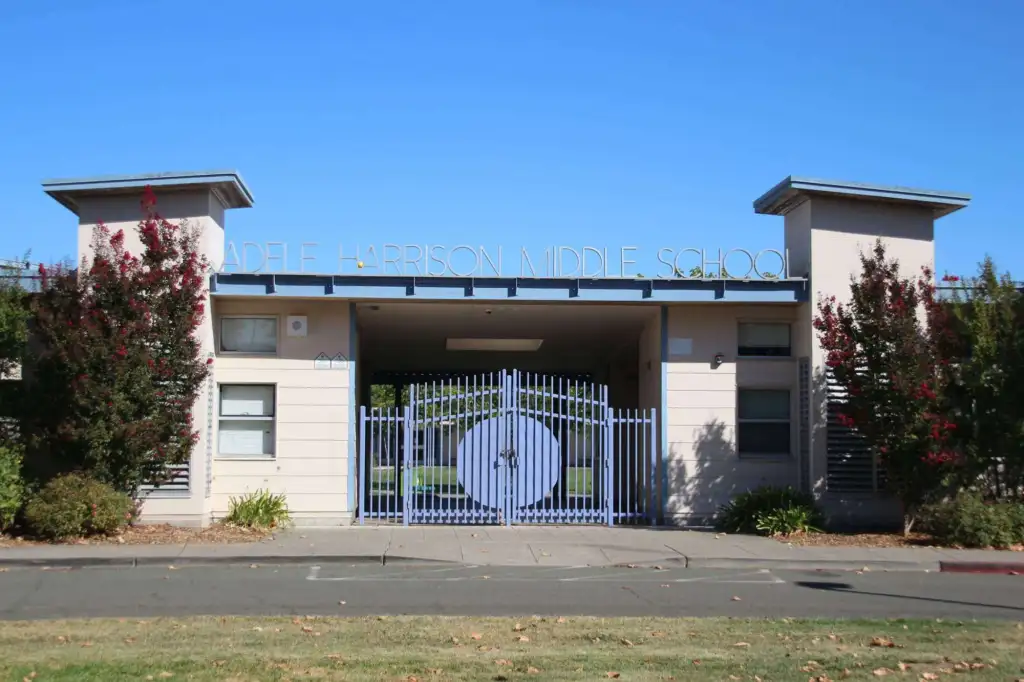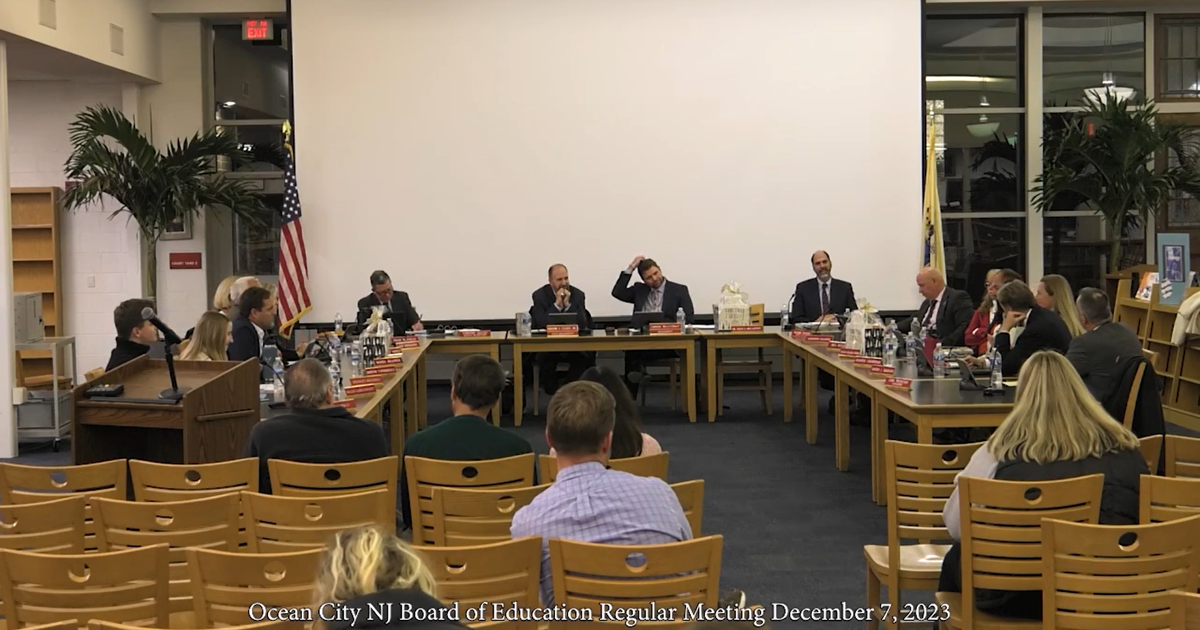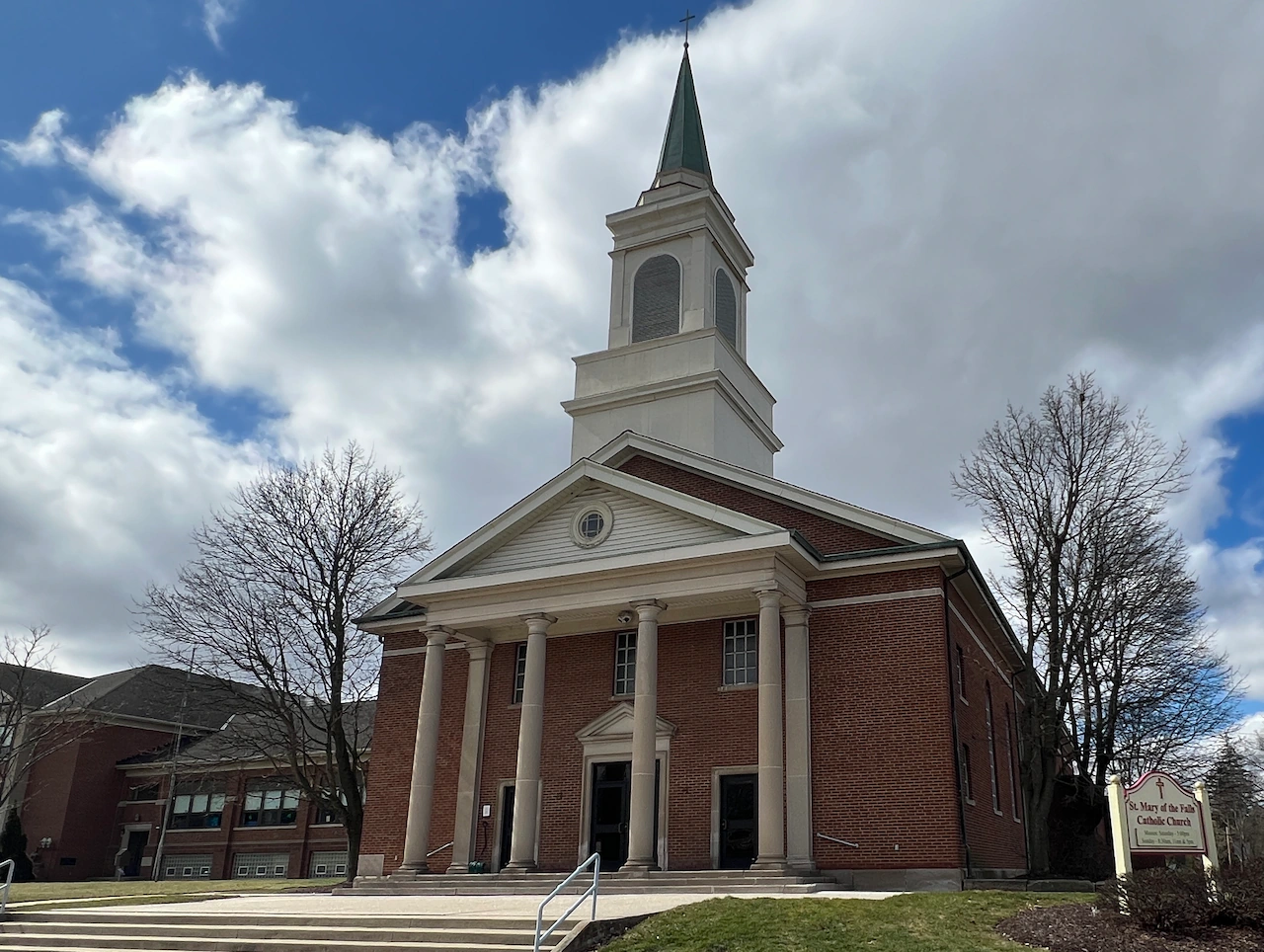
Needing to decide whether to sell, lease or retain schools that have recently closed, the Sonoma Valley Unified School District Board of Trustees will seek input from a committee that it appointed this year to address the issue.
Commonly referred to as a 7-11 committee because the California Education Code stipulates it must consist of seven to 11 members who are representative of the community, the group began meeting in May. It is expected to advise trustees in the development of districtwide policies and procedures governing the use or disposition of school buildings and places within those buildings that are not needed for school purposes.
Central to the committee’s work is providing advice to the board on what should be done with school properties that have closed or may close due to the district’s fiscal insolvency, which includes several consecutive years of unbalanced budgets and insufficient reserve funds — and its steadily declining student enrollment, which dropped 40% from 2012 to 2025.
After the board voted in 2023 to close Dunbar Elementary School, it reached an agreement for Woodland Star Charter School to relocate there.
Trustees next opted to close Adele Harrison Middle School at the end of the 2024-25 school year, and since then it has housed Creekside High School classes and two transition classes that were originally held at the Sonoma County Office of Education.
Also, La Luz Center has rented some of the portables on the Adele Harrison campus and the Boys & Girls Clubs of Sonoma Valley rented the gymnasium for a few months.
These uses of the campus are considered temporary as the board considers more long-term options, including selling it, leasing it or retaining it for specific purposes.
At its Oct. 9 regular meeting, the board is expected to finalize its decision to close Prestwood Elementary School at the end of the 2025-26 school year, which would require the board to decide what to do with that property, as well.
Rena Seifts, acting superintendent of the Sonoma Valley Unified School District, submitted a letter to The Sonoma Index-Tribune regarding the district’s plan to close Prestwood Elementary School at the end of this school year. It also contains answers to community questions the status of the school campuses that have previously closed.
Seifts’ letter starts here:
For several years now, Sonoma Valley Unified School District has been studying and implementing school consolidation in order to address significant declines in student population and budgetary issues.
Commencing with the 2025-26 school year, Adele Harrison Middle School was closed and consolidated into Altimira Middle School.
Most recently, on Sept. 23, the School Board voted to close Prestwood Elementary School, subject to certain conditions.
On Oct. 9, 2025, the Board is expected to finalize that closure decision, effective for the 2026-27 school year.
We have heard several questions and concerns from the community as to what will happen to closed campuses. In order to keep things factual and quell rumors, at this time, the District does not yet have any plans for the future use of the Adele and Prestwood campuses.
We are not in contact with interested developers, we are not negotiating any sale or lease, and no Board member or District staff will benefit directly or indirectly from any potential sale or lease of district property.
There are extensive laws that govern how school districts have to treat surplus property before such property can be sold or leased. These laws are designed to facilitate public input and transparency throughout each step of what is typically a multistep and lengthy process.
The District will have to comply with each of those laws before moving forward with any potential sale or lease of a school site, making it extremely premature to speculate at this point what will likely happen to the Adele and Prestwood campuses.
The first step is community meetings with a surplus property advisory committee. By statute, this committee must consist of seven to 11 members who are representative of the community.
Such committees are thus commonly referred to as “7-11” committees. Committee meetings have been open to the public and will continue to be, and will include opportunities for public comment.
We are establishing a dedicated webpage to the District’s website with information about the 7-11 committee and its meetings. The committee will discuss such topics as whether the properties are surplus to the District’s needs, and potential future uses of the properties.
When their study is done, the committee will adopt a publicly available report with its recommendations for submission to the Board, which will occur at a public Board meeting.
The committee’s recommendations are advisory, and the Board will make any final decisions about the property at future public meetings.
The Board will consider input from the 7-11 committee and community before giving its general direction on next steps.
If the Board determines that one or more sites are surplus to its long-term needs, and further determines that it wishes to explore sale or lease of a site, this triggers additional public procedures.
The District would be required to give various public entities the first opportunity to lease or purchase the property before offering it to other users. There must then be an offerto members of the general public.
An open and competitive process is required. Any lease or sale must be Board-approved at a public meeting, which provides a further opportunity for public input.
Along the way, the Board would be required to adopt a number of resolutions and take other actions in open session, and the public will be kept informed as to the status of the matter.
There have been questions about who will benefit if the District leases or sells a former school site. The answer is, and has always been, our students. If a sale occurs, then, in general, all sales proceeds must be placed in a restricted fund only used for infrastructure projects that support our schools.
This can have the effect of avoiding having to spend other District funds on such projects.
If a lease occurs, lease payments are typically unrestricted and could be used to supplement our general fund for operational expenses. Either approach has the potential ofassisting the District with its fiscal needs, allowing the District to remain focused on and to expand program opportunities for students.
There is also the possibility that the Board will decide to retain the properties, put them to alternative uses, make them available to other types of public or community organizations or ahost of other creative possibilities. These uses could also have the potential to benefit our students, which is why a diverse array of possible uses will be considered, both by the 7-11committee and then by the Board.
The District remains committed to an open process and a transparent process. We welcome community input and involvement regarding the future of the District’s closed school sites, and look forward to hearing the voices of the entire community.



